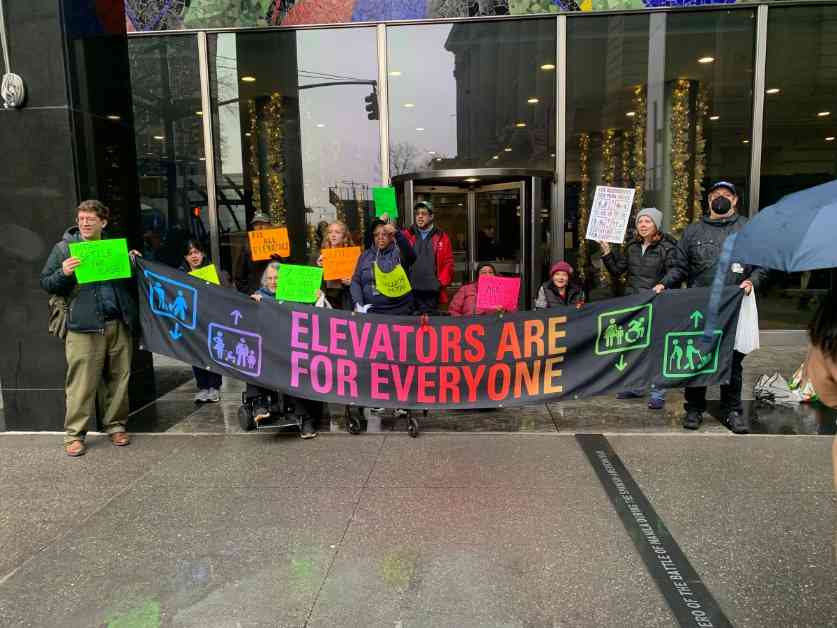The Metropolitan Transportation Authority (MTA) in New York City is making significant strides in improving subway accessibility for all riders. In a recent announcement at the monthly Capital Program Committee meeting, it was revealed that more NYC subways will become ADA-compliant this year, thanks to the impending activation of congestion pricing.
Progress in Station Accessibility
The MTA plans to implement ADA accessibility packages at four stations in NYC this year, including Parsons Boulevard on the F line, Briarwood on the E and F line, Gates Avenue on the J and Z line, and 42nd Street-Bryant Park. The agency will kickstart procurements for these projects this month. Additionally, congestion pricing will fund accessibility upgrades at 19 additional stations across the city.
Focus on 42nd Street-Bryant Park Station
One of the significant projects slated for this year is the 42nd Street-Bryant Park station in Midtown. MTA leaders are redesigning passageways and platforms, adding elevators, and expanding stairways to create a more accessible station environment for all riders. NYC Transit President Demetrius Crichlow emphasized the importance of boosting system-wide accessibility to benefit customers who have historically faced barriers in using the transit system.
MTA’s Commitment and Challenges
MTA reported that 13 subway and railroad stations have already been made accessible this year, with Queensboro Plaza on the N, W, and 7 lines in Long Island City being one of the recently opened stations. Currently, 145 train stations in NYC are accessible, with 36 more stations under construction to improve accessibility further. Despite these achievements, advocacy groups like the Brooklyn Center for the Independence of the Disabled and Disabled in Action are urging the MTA to expedite ADA projects and enhance comfort in vehicles like Access-A-Ride for riders with disabilities.
Voice of Advocacy
Evan Yankey, advocacy director of the Brooklyn Center for the Independence of the Disabled, stressed the urgency of implementing ADA projects swiftly now that congestion pricing is back in effect. Jean Ryan, president of Disabled in Action, echoed the sentiment, emphasizing the need for better accessibility and comfort for disabled riders. She highlighted the challenges faced by individuals with spinal injuries in using current vehicles, urging the MTA to address these issues promptly.
Improving subway accessibility is not just about physical upgrades but also about creating a more inclusive and comfortable environment for all riders. As the MTA continues its efforts to enhance accessibility, it is crucial to listen to the voices of advocacy groups and individuals with disabilities to ensure that everyone can navigate the city’s transit system with ease and dignity.

